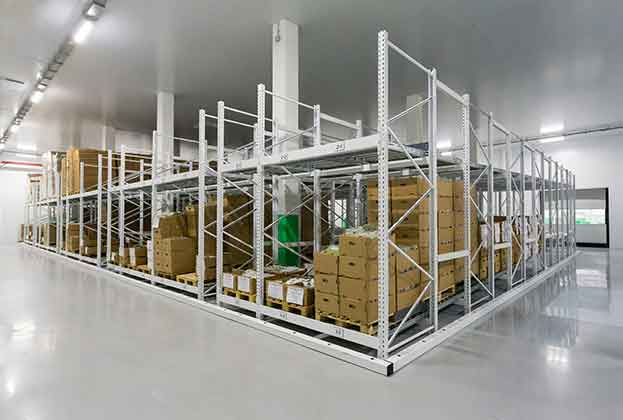2015 was another outstanding year for UK commercial property investors, with average returns exceeding those of pretty much every other asset class. But can this be maintained in 2016?
In the latter half of this year we’ve seen increased selectivity in the investment market, which we think will continue into 2016. However, we don’t think this is a sign of investors battening down the hatches in anticipation of a shock – we expect UK GDP growth to be broadly the same in 2016 as 2015 at about 3 per cent. It’s more a signal that total returns on commercial property will slip into single digits next year. At the moment, the key differentiator between prime and secondary assets in many investors’ minds is therefore whether an asset offers a secure income stream or the possibility for rental growth over the next five years.
So, if this is what investors are looking for, what markets are likely to be most desirable? Generally patterns of rental growth in 2016 will continue along the same lines we’ve seen in 2015: both average and prime London offices and retail will continue to deliver the strongest performance (see table, below), but the pace of growth in the City and West End may slow over the next few years. London-focused investors therefore may be better off looking to future core locations such as emerging luxury retail submarkets like Conduit Street and Dover Street, or new fringe office markets like Brixton and Stratford.
Outside the capital, however, retail rental growth is likely to lag behind offices and industrial use. The good news is that many of the UK’s regional retail markets have now rebased to levels where retailers can trade profitably, so although growth may not beat other sectors it is likely to be higher than in recent years. New build offices in the best regional markets will see further rental increases, as well as the beginnings of upwards rental growth on refurbished space. Industrial and logistics rents will continue to grow, although 2016 is unlikely to see the same dizzying pace of growth in the distribution warehouse market as 2015. Urban industrial estates will continue to perform well due to the dwindling supply of brownfield land within the M25 and the further relaxation of permitted development rights, which could give the option to convert to residential.
(1).jpg)
.jpg)
.jpg)




.jpg)

.jpg)

